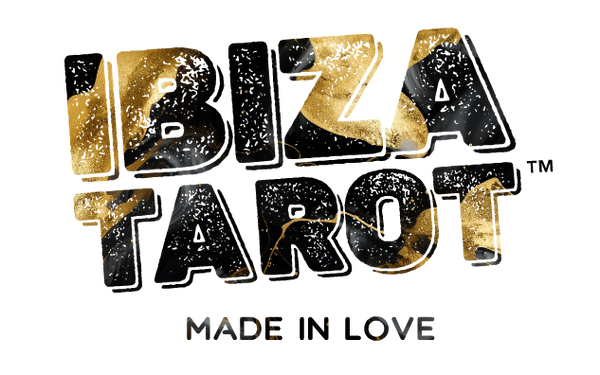How to Read Tarot Cards: A Beginner’s Guide

Tarot reading is a powerful tool for self-discovery, spiritual growth, and personal guidance. Whether you're drawn to tarot for its mystical allure or its potential to unlock hidden insights, learning to read tarot cards can be a transformative journey. This beginner's guide will walk you through the essentials of tarot reading, helping you connect with your intuition and the wisdom of the cards.
What is Tarot?
Tarot is a form of divination that uses a deck of 78 cards to gain insight into the past, present, and future. The deck is divided into two main parts:
-
Major Arcana (22 cards): Represent major life themes and spiritual lessons.
-
Minor Arcana (56 cards): Reflect everyday situations and experiences, divided into four suits (Cups, Wands, Swords, and Pentacles).
Choosing Your First Tarot Deck
Selecting your first tarot deck is a personal experience. Popular choices include the Rider-Waite Tarot, known for its rich symbolism, and modern decks inspired by oracle cards. Choose a deck that resonates with your energy, whether it's a best-seller or a unique, artistic design from a local creator.
Getting to Know Your Deck
-
Cleanse Your Deck: Remove any residual energy by smudging with sage, placing it under moonlight, or using crystals.
-
Study the Cards: Familiarize yourself with each card's imagery, symbols, and meanings.
-
Bond with Your Deck: Shuffle the cards regularly, meditate with them, or sleep with the deck under your pillow to strengthen your connection.
Understanding Tarot Card Meanings
-
Major Arcana: Cards like The Fool, The High Priestess, and The World symbolize significant life changes and spiritual lessons.
-
Minor Arcana: Focus on daily events. For example, Cups deal with emotions, Wands with creativity, Swords with intellect, and Pentacles with material aspects.
Simple Tarot Spreads for Beginners
-
One-Card Pull: Great for daily guidance or quick insights.
-
Three-Card Spread: Represents the past, present, and future or mind, body, and spirit.
-
Celtic Cross Spread: A more detailed spread for exploring complex situations.
How to Perform a Tarot Reading
-
Set Your Intention: Clear your mind and focus on your question.
-
Shuffle the Cards: Allow your energy to flow into the deck.
-
Draw the Cards: Trust your intuition when selecting cards.
-
Interpret the Reading: Look at the card meanings, positions in the spread, and how they relate to each other.
Developing Your Intuition
While learning traditional meanings is important, trust your inner voice. Tarot is a tool to enhance your intuition. Notice colors, symbols, and feelings that arise when you see each card.
Common Tarot Myths Debunked
-
You must be gifted your first deck: Not true—choose a deck that feels right for you.
-
Tarot predicts the future: Tarot reflects potential outcomes based on current energies; you have free will.
-
Reversed cards are always negative: Reversals can indicate blocked energy, lessons, or alternative perspectives.
Tarot as a Spiritual Practice
Incorporate tarot into your daily routine for mindfulness, reflection, and personal growth. Many readers use tarot alongside meditation, journaling, and rituals to deepen their spiritual journey.
Join the Ibiza Tarot Community
At IbizaTarot.com, we're passionate about creating a vibrant community of tarot enthusiasts. Explore our collection of tarot and oracle decks, including best-selling designs inspired by the mystical energy of Ibiza.
Ready to start your tarot journey? Trust your intuition, shuffle the cards, and let the magic unfold.
